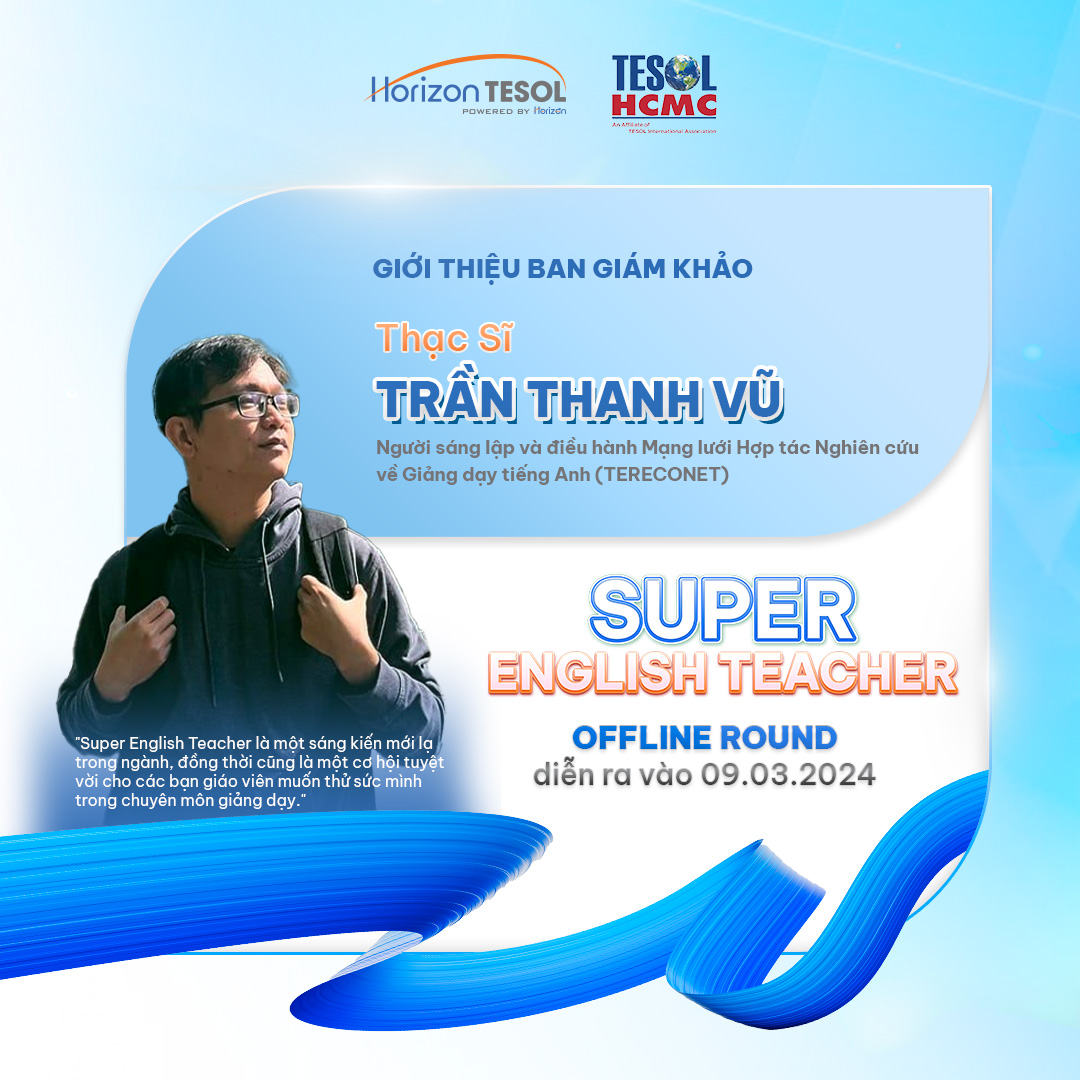Do your ESL students sometimes struggle to understand their reading material?
Are you starting to feel guilty every time you use another one of those pre-made comprehension worksheets?
Don’t have time to figure out how to spice things up?
We have five awesome reading comprehension activities for you here, that your students will surely enjoy.
1. Picture Quiz: Brown Bear, Brown Bear, What Do You See?
When your students finish reading a story, short text or long article, most reading comprehension activities look very similar to the following:
Sarah went to the (beach/park). There, she met a friend who went to (science class /summer camp) two years ago.
But, because we want to make everything a bit more colorful and creative, we’re not going to use words and sentences. Instead of giving students two options to choose from or having them fill in the blanks, why not give them a bunch of pictures and do some matching?
If we use the example above, we can have several pictures labeled as A, B, C and D. Picture A can be a beach, Picture B can be a park and so on. Students can then sort through the pictures and write in the correct picture letter in the blank space.
Additionally, you can use connect the dots to connect pictures to its relevant sentences. Feel free to also throw in an irrelevant picture to make the activity a tad more tricky.

2. Sequence: Putting Humpty Dumpty Back Together
Use pictures to retell the story and help your students to remember main plot points, characters and events of the text. Here’s how:
To prepare, you’ll need to make a worksheet of a bunch of pictures that are labeled with either numbers or letters. Make sure that there are spaces or lines immediately below the pictures so your students can label the pictures based on what they see. Depending on the level of your students, you can turn the labeling exercise into the perfect drill for practicing spelling and sentence construction.
3. Story Re-creation: It’s Alive!
This is a great activity, especially for your drama lovers. Story re-creation is about reading a text or story and acting it out to other students.
Depending on the level of your students, you can read the story together in class before dividing them into groups for further discussions.
If you want to have students figure out the plot on their own, make sure the group you create has members with different English skill sets. In other words, you don’t want to put all the strong readers in one single group. Spread them out so they can help others to succeed. Then:
1. Find short stories. Print them out and make copies.
2. Divide students in small groups, and give each group a different story that they’ll need to act out in front of the class.
3. Prepare or have your students prepare a list of short answers/multiple choices/true or false reading comprehension questions to not only engage the audience, but also to evaluate how well the actors capture the events of the story.
4. Then, once students have had enough time to prepare, it’s showtime!

4. Cause and Effect: Who Solves the Mystery?
Cause and effect questions help students to think outside the box and better understand the ripple effect of events. Text materials that have a mysterious plot or a historical background are excellent choices because they require students to understand the context of the mystery, the clues and the characters to fully appreciate the thrills of crime solving.
Give this interesting crime scene a try by reading it together with your students in class. The story also ends with the question: Why isn’t Inspector Coderre satisfied with Ms. Webb’s version of the event?
Divide students in groups and answer this question together:
1. Create a cause and effect map to capture the first part of Ms. Webb’s testimony, which ends right before the sentence, “The inspector was very sympathetic and told her that it was very natural to not want to damage somebody’s property.”
Here is an example of the map based on what we read:
(effect) Ms. Webb could see the study room → it was well-lit (cause).
(cause) Ms. Webb broke a small window → to get into the house. (effect)
It doesn’t matter how we order the cause and effect. The point is to help students notice details in the story and make an effective analysis.
2. Ask the students to identify the part of testimony that made the detective lose his sympathy. Analyze that testimonial section with another cause and effect chart. Do they notice any inconsistency?
3. Discuss student findings as a whole class or in small groups.
5. Following Directions: It’s a Treasure Hunt!
When we think about reading comprehension materials, stories and short stories are usually the top resources that come to our minds. However, ESL teachers can do some hands-on activities to encourage students to read and thrive in a fun environment.
The treasure hunt reading comprehension game does just the trick. To play:
1. Hide different treasures (cards, small balls and beanies) in the classroom or schoolyard.
2. Write a short story and clues that tell where to find each treasure.
3. Divide students in groups and give them a map and a clue sheet to locate the treasure.
The map can be hand drawn or printed. Give unique names to the basic geographic features of the classroom/schoolyard so students can navigate the rain forest or dark caves without getting lost!
The clue sheet should begin with a short text that describes an actual or fictional event in the past. The story should include the name of the characters and vague descriptions of the treasures involved. The rest of the clue sheet should be filled with hints, codes and even secret messages for students to decode.
For example, if you hid a diamond playing card on the third shelf of a bookcase in the corner, you can give the following clue:
It stands in a corner with lots of pages for you to read. The diamond is on the third floor and right under a fairy tale.
The first group that finds their treasure wins the game. But they are always welcome to join other teams to help them find their treasures too!
Have Fun with ESL Reading Comprehension
Sure, there is a time for your students to read for its sheer pleasure. However, reading comprehension activities maximize the benefits of reading by making it more relevant and personal through creative reinforcements.
Let’s help students to personalize the “read information” in applicable and meaningful manners with fun reading comprehension activities.
In the process, you will have opportunities to clarify misunderstandings, discuss points of ambiguities and enhance students’ vocabulary, word usage and interpretation skills.
Who knows, with a few dashes of drama, entertainment and creativity, your ESL students will “read” happily ever after!
Brief source: FluentU
Bài viết liên quan








